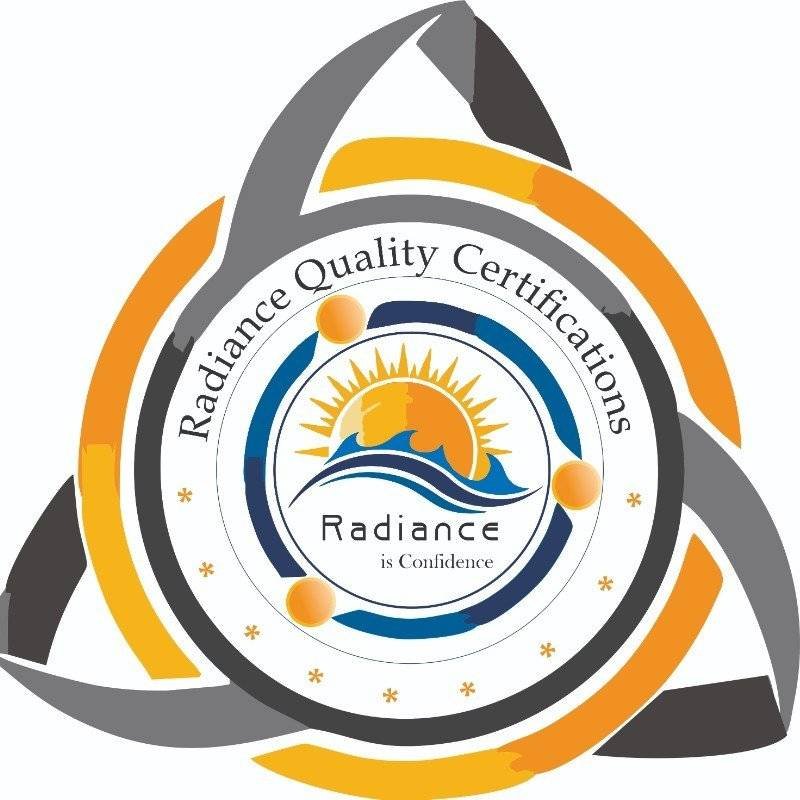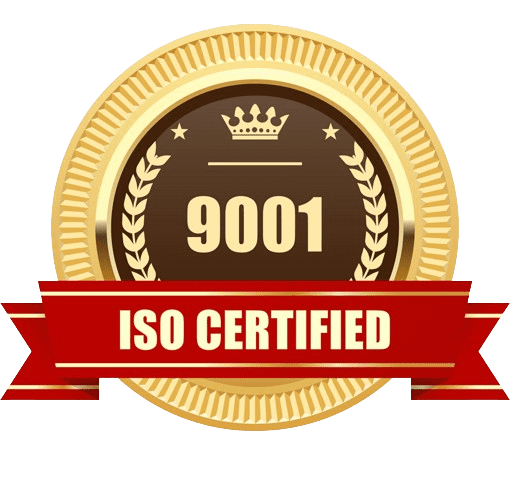Best Practices for Boosting Conversion Rates in Digital Marketing
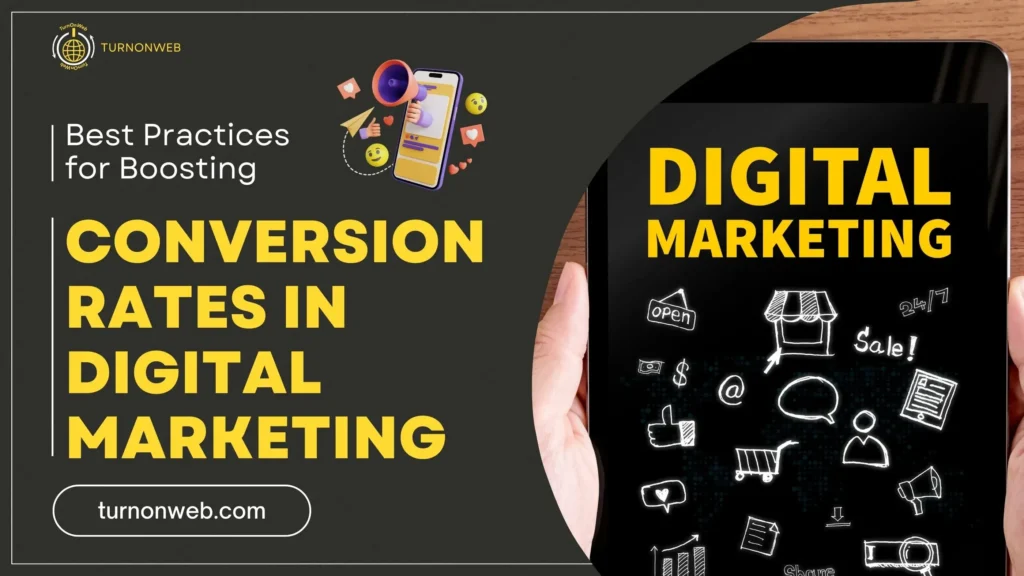
In digital marketing, driving traffic to your site is just the first step. The real magic happens when you turn those visitors into paying customers, subscribers, or engaged users. But how do you make that happen? It’s all about optimizing for conversions—getting visitors to take that crucial next step. Whether you’re a seasoned marketer or just starting, these best practices will help you boost conversion rates and get more out of your digital marketing efforts.
Understanding Conversion Rates: The Basics
Before diving into the strategies, let’s quickly touch on what a conversion rate is. Simply put, your conversion rate is the percentage of visitors who complete a desired action on your website, like making a purchase, signing up for a newsletter, or filling out a form. It’s calculated by dividing the number of conversions by the total number of visitors and then multiplying by 100 to get a percentage.For example, if you have 1,000 visitors to your landing page and 50 of them make a purchase, your conversion rate is 5%.
Related: Pros and Cons: Is WordPress the Right Choice for Your Business Website?
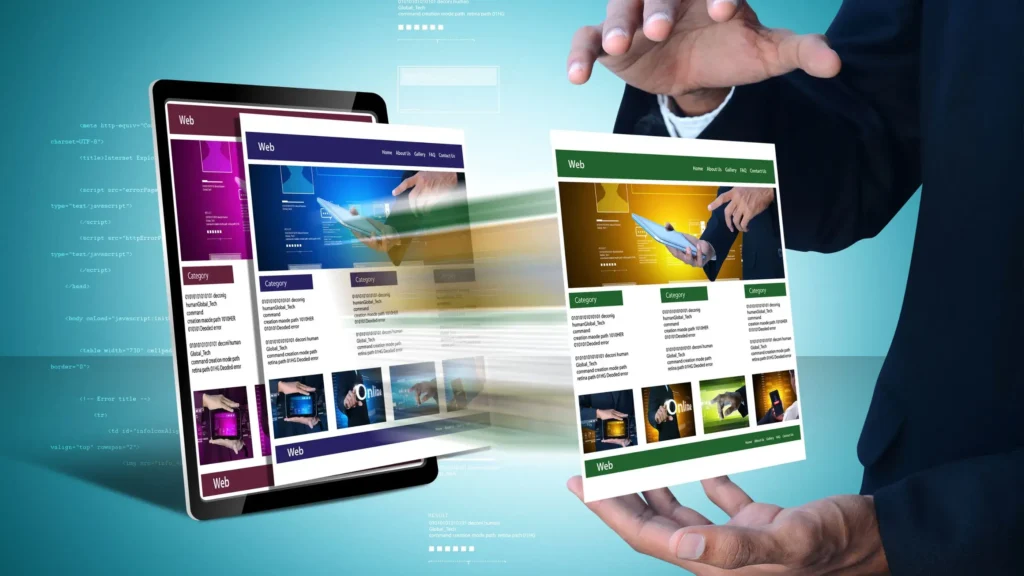
1. Optimize Your Landing Pages
Your landing page is often the first impression a visitor gets of your brand. It’s crucial to make it count. Here’s how:
- Clear Value Proposition: Your landing page should immediately communicate the value of your product or service. What’s in it for the visitor? Why should they care? Make sure your value proposition is clear, concise, and compelling.
- Effective Call-to-Action (CTA): Your CTA should be strong, direct, and placed prominently. Use action-oriented language like “Get Started,” “Claim Your Discount,” or “Sign Up Now.” Also, consider using contrasting colors to make your CTA button stand out.
- Minimal Distractions: Keep your landing page focused. Too many elements can overwhelm visitors and dilute the message. Stick to the essentials: a headline, a brief description, and a clear CTA.
- Responsive Design: With the majority of users browsing on mobile devices, ensuring your landing page is mobile-friendly is non-negotiable. A responsive design adapts to different screen sizes and improves user experience, which can lead to higher conversions.
For a deeper dive into creating high-converting landing pages, check out this comprehensive guide by HubSpot.
2. Leverage A/B Testing
A/B testing, or split testing, is a powerful method to determine what works best for your audience. By testing two versions of a web page, email, or CTA against each other, you can see which one performs better and make data-driven decisions. Here’s how to use A/B testing effectively:
- Test One Element at a Time: Whether it’s the headline, CTA, or images, focus on one variable per test. This way, you’ll know exactly what caused the change in performance.
- Use Significant Sample Sizes: Ensure your test runs long enough to gather significant data. Small sample sizes can lead to misleading results.
- Analyze and Implement: Once you’ve collected enough data, analyze the results and implement the winning variation. Continuous testing and optimization are key to sustained improvements.

3. Personalize User Experience
In the age of data-driven marketing, personalization isn’t just a nice-to-have—it’s a must. Personalizing the user experience can significantly boost conversion rates by making your messaging more relevant and engaging. Here’s how:
- Segment Your Audience: Group your audience based on demographics, behavior, or previous interactions with your brand. This allows you to tailor content and offers to specific segments, increasing the chances of conversion.
- Dynamic Content: Use dynamic content that changes based on who’s viewing your site. For example, show returning visitors personalized product recommendations based on their past behavior.
- Email Personalization: Personalize your email campaigns with the recipient’s name, tailored offers, or content based on their previous interactions. Personalized emails have a higher open and click-through rate, leading to better conversion rates.
For a thorough exploration of personalization, check out this article by Forbes on the importance of personalized marketing.

4. Improve Page Load Speed
Page load speed is critical for user experience and conversion rates. Visitors are likely to bounce if your website loads quickly, costing you potential conversions. Here are some ways to speed up your site:
- Optimize Images: Compress and resize images to reduce their load time. Use formats like WebP for better compression without losing quality.
- Enable Browser Caching: Browser caching allows frequently used resources to be stored locally on the user’s device, reducing the time it takes to load your website on return visits.
- Minimize HTTP Requests: Each element on your page (images, scripts, CSS) requires an HTTP request. Reduce the number of these requests by simplifying your design and combining files where possible.
- Use a Content Delivery Network (CDN): A CDN stores copies of your site’s static content across various geographical locations, allowing users to download it from the closest server, speeding up load times.
For more details on improving site speed, check out Google’s PageSpeed Insights.
5. Use Social Proof
Social proof is a psychological phenomenon where people are influenced by the actions and opinions of others. It’s a powerful tool in digital marketing because it builds trust and credibility. Here’s how to incorporate social proof into your strategy:
- Customer Testimonials: Showcase positive feedback from satisfied customers. Video testimonials can be especially compelling as they add a human element to your brand.
- Case Studies: Share in-depth case studies that highlight how your product or service has helped other customers. This not only demonstrates value but also builds authority.
- User Reviews and Ratings: Display user reviews and ratings prominently on your website. High ratings can reassure potential customers that your product is worth purchasing.
- Trust Badges and Certifications: If your business has earned certifications or industry awards, display these badges on your website. Trust badges from security providers like Norton or McAfee can also alleviate concerns about online payments.
For more insights on leveraging social proof, check out this article by CXL on how to use social proof effectively.
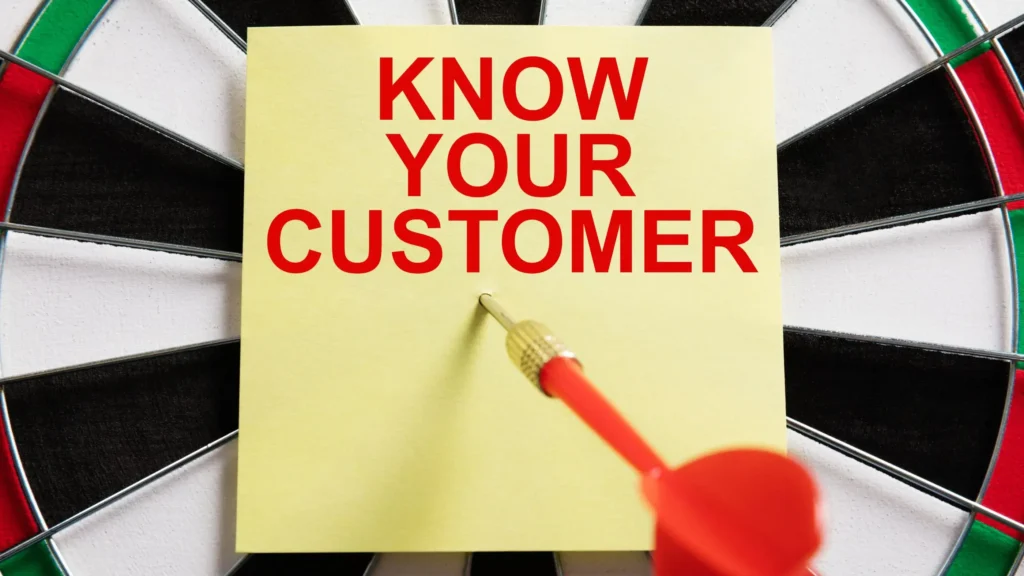
6. Implement Retargeting Strategies
Retargeting is a powerful way to re-engage visitors who didn’t convert on their first visit. By showing targeted ads to users who have interacted with your site before, you can bring them back to complete the desired action.
- Segment Your Retargeting Ads: Customize your retargeting ads based on the user’s behavior on your site. For example, show different ads to someone who added a product to their cart versus someone who only browsed.
- Use Frequency Capping: Avoid overwhelming users with too many ads by setting a frequency cap on how often they see your retargeting ads.
- Leverage Dynamic Retargeting: Dynamic retargeting ads automatically show products or services the user has previously viewed on your site, making the ad more relevant and increasing the likelihood of conversion.
Related: 6 Effective Strategies to Boost Your Online Presence Today
7. Monitor and Analyze Your Data
Lastly, continually monitor and analyze your data to understand what’s working and where there’s room for improvement. Use tools like Google Analytics, heatmaps, and conversion tracking software to get insights into user behavior and conversion paths.
- Track Key Metrics: Keep an eye on metrics like bounce rate, average session duration, and conversion rate to gauge your website’s performance.
- Identify Drop-Off Points: Use tools like funnel analysis to identify where users drop off in the conversion process. This can highlight areas that need improvement.
- Iterate and Improve: Based on your analysis, continually make adjustments and test new strategies to keep improving your conversion rates over time.
For those interested in exploring the best analytics tools, this list of analytics tools by Crazy Egg can provide valuable insights.

How TurnOnWeb Solutions Can Help
At TurnOnWeb Solutions, a leading website development company in Pune, we specialize in helping businesses optimize their digital presence to maximize conversions. We understand that every business is unique, so we tailor our strategies to meet your specific needs. Here’s how we can assist:
- Landing Page Optimization: We design and optimize landing pages that are not only visually appealing but also conversion-focused. Our experts ensure your value proposition is clear, your CTAs are compelling, and the design is mobile-friendly.
- A/B Testing Services: Our team conducts thorough A/B tests to identify what works best for your audience. We analyze the results and make data-driven recommendations to continuously improve your conversion rates.
- Personalization and Retargeting: We help you implement advanced personalization techniques and retargeting strategies that resonate with your audience, leading to higher engagement and conversions.
- Checkout Process Simplification: We streamline your checkout process to minimize cart abandonment and increase sales. From optimizing form fields to integrating multiple payment options, we ensure a seamless checkout experience for your customers.
- Data Analysis and Continuous Improvement: Our analytics experts monitor your site’s performance, providing insights and strategies for ongoing improvement. We believe in a data-driven approach to keep your conversion rates climbing.
Ready to take your digital marketing to the next level? Contact TurnOnWeb Solutions today and let us help you achieve higher conversion rates and greater success.
Conclusion
Boosting conversion rates isn’t a one-time task—it’s an ongoing process that requires consistent effort and optimization. By implementing these best practices, you’ll be well on your way to turning more visitors into loyal customers. Remember, even small changes can lead to significant improvements in your conversion rates, so don’t hesitate to experiment and see what works best for your audience.
People Also Ask
1. What is the conversion rate in digital marketing?
4. Why is A/B testing important for conversion rate optimization?
A/B testing is crucial for conversion rate optimization (CRO) because it allows you to compare two versions of a webpage or marketing asset to see which one performs better. By testing different elements like headlines, images, CTAs, and layouts, you can identify what resonates most with your audience and refine your approach to maximize conversions.
5. How does content quality impact conversion rates?
- QUICK LINKS
TurnOnWeb Solutions - Zoho's Partner
- QUICK LINKES
- SERVICES

